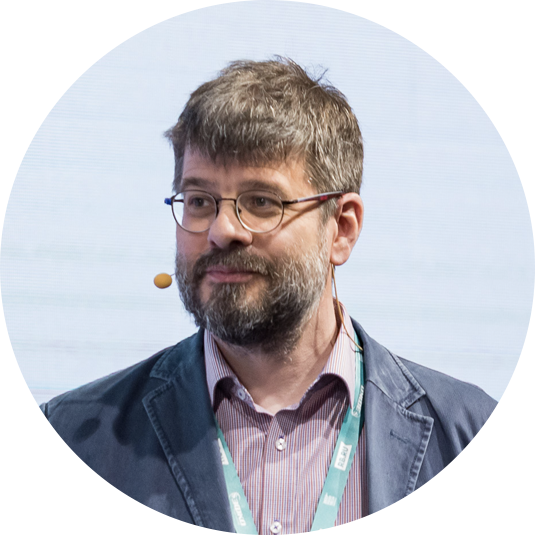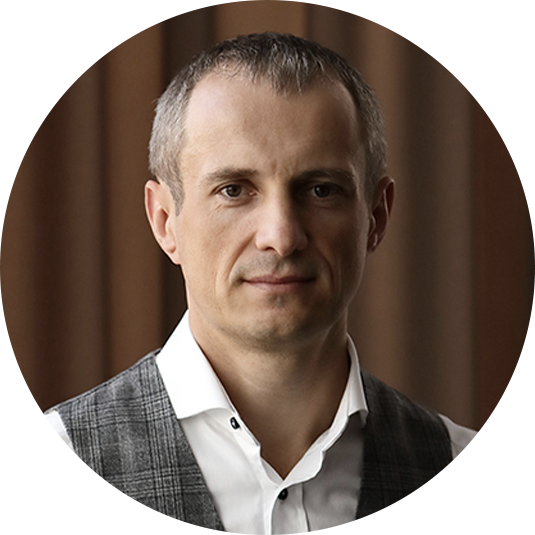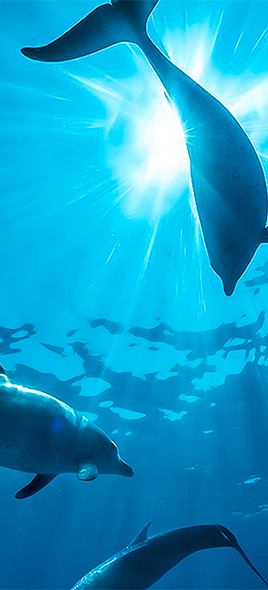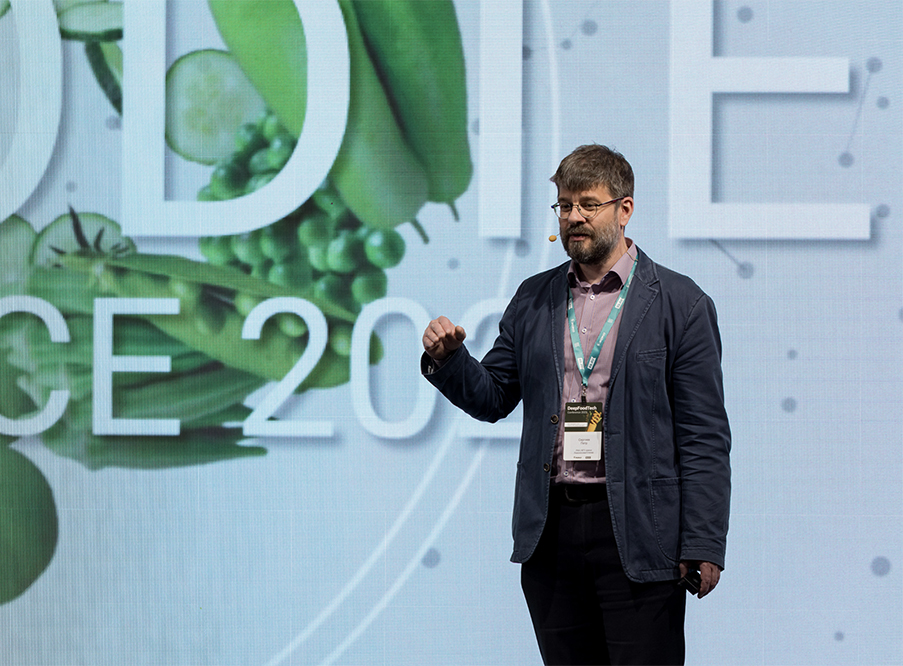For thousands of years, the main challenge for both humans and their biological predecessors was the lack of food. Our organisms have learned some savings, including on renewing intracellular "machines", which, like all mechanisms, are subject to wear.
Overeating and a sedentary lifestyle, being not typical for our ancestors, and the economy of intracellular resources have led to obesity and related problems.
At the same time, each cell has a self-renewal mechanism. It works primarily as autophagy when intracellular "machines" eat unnecessary parts, and thus start processing broken and damaged intracellular structures further substituted with newly-created ones. This process can be stimulated by both natural and synthetic substances.
EFKO and M.V. Lomonosov MSU presented the findings of two-year research related to cellular nutrition at the DeepFoodTech 2023 event.
EFKO has requested this research and announced launching a new business direction: Healthy Longevity. The company has already invested 50 million rubles in the development. The total research budget of the current project stage is 150 million rubles.

Fluorescent proteins are synthesized in the created special so-called "reporter" cells, its glow makes it possible to estimate the activation of unnecessary cell parts processing.
At our institute, we launched a search for self-renewal activators in several directions.
The first is creating chimeric compounds that would recognize and initiate digesting of damaged mitochondria which are cell energy factories.
The second is testing 14 thousand chemical compounds selected using computer analysis for the ability to induce autophagy.
The third is testing the ability to cause self-consumption of human cellular structures in substances created by microorganisms living in the intestines of animals capable of prolonged starvation. Among such animals, for example, are the camel from the Astrakhan region and the bear after hibernation in a nature reserve in the Tver region (keep calm, none animals were harmed).
And the fourth is testing several hundred medicinal plants and spices for the ability to cause cell self-renewal.
There are many interesting findings. The most promising of them will be tested for effectiveness and safety on animal models. Among these models are fish suffering from symptoms similar to Parkinson's disease. Another model is mice whose saturation gene – leptin – was turned off via genome editing by the famous CRISPR/Cas9 system at Moscow State University."
The Healthy Longevity project involves the development of a line of innovative drugs that trigger autophagy processes in the human body and contribute to the renewal of intracellular structures. We are talking about a controlled prolongation of the physiological youth of cells. So that human cells could get rid of "junk" of shabby intracellular components and make new ones.

















